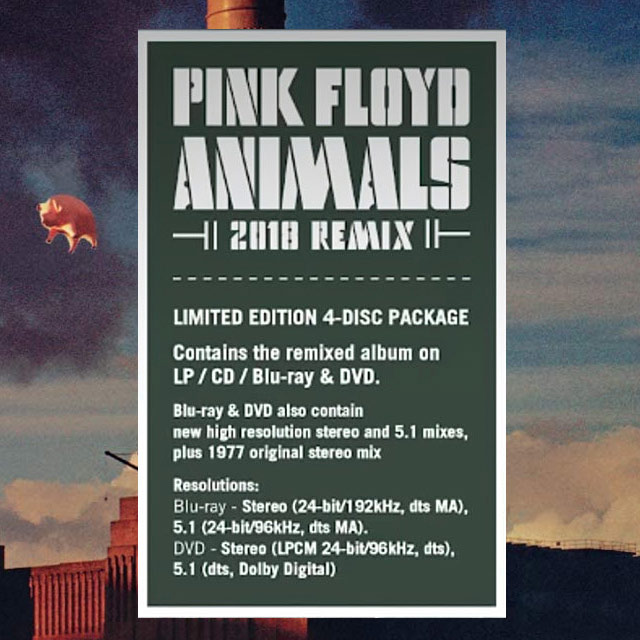

Sources with natural stereo spread like drum overheads, piano or room mics are good candidates for stereo tracks. It can also lead to collapse in situations where your mix is summed completely or partially to mono.Ī wide-sounding mix is composed of a variety of stereo tracks and mono sources panned in different positions-including the extreme ends of the spectrum. Too many stereo tracks can cause your individual instruments to sound ambiguous in the stereo field. It may seem like using more stereo tracks would give you a wider mix. Hot tip: Mid/side micing is one of the few techniques where it’s possible to change the recording’s stereo image even after you’ve captured the material.īy adjusting the blend of the side mic relative to the mid mic, you can adjust the “width” (or the proportion of indirect sound) to taste. With most stereo techniques, you’re limited to the stereo image that you record in the moment.įocus on getting a compelling stereo image as you lay your tracks down. It’s very difficult to change the stereo characteristics of a recording after the fact. If you’re trying to recreate an accurate stereo image of an acoustic sound, you’ll have to get it right at the source. Get it right at the sourceĪn important factor for good stereo imaging is to capture your stereo sources correctly. I’ll go through each approach and explain how it works. Avoid stereo widening effects on your master bus, but use ambience effects on mono tracks where needed to add depth and realism.Don’t be afraid to pan mono sources wide.Use mono and stereo tracks appropriately.


Here are the main ways to give your mix a wide stereo image Mixing a track with great stereo imaging is hard, but you’ll have much more control over your stereo information if you understand basic ways to create width.
#Stereo mix plus 2.0 how to#
How to get a wide stereo image in your mix The width, depth and 3D aspect of the overall stereo spread also contribute to a strong sense of stereo imaging. It’s the sensation of an imaginary plane where your sounds are situated in space.Ī mix or listening system has good stereo imaging if distinct instruments in the texture can be easily traced to a distinct “spot” in the stereo field. Stereo imaging is the quality and realism of the soundstage created by the left and right speakers in a listening system. In this article I’ll go through everything you need to know about stereo imaging and how to get a wide, three dimensional sound in your mix. Good stereo image is an essential quality of a good mix- and a good listening chain.īut getting a wide, enveloping mix that feels 3D and draws people in is difficult. Stereo imaging is what creates the sense of width and depth in music mixing.


 0 kommentar(er)
0 kommentar(er)
